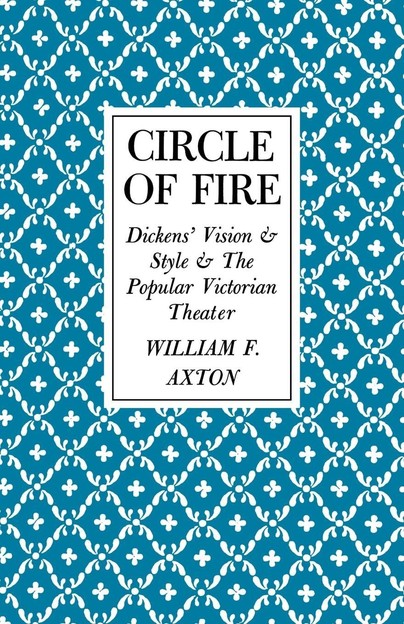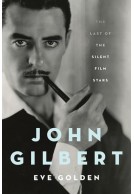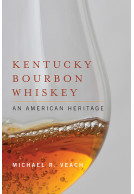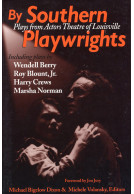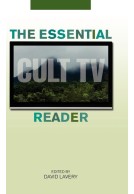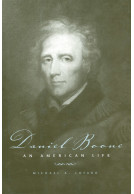Circle of Fire (Paperback)
Dickens' Vision and Style and the Popular Victorian Theater
Imprint: University Press of Kentucky
Pages: 312
Illustrations: Illus
ISBN: 9780813150895
Published: 15th July 2014
Script Academic & Professional
Pages: 312
Illustrations: Illus
ISBN: 9780813150895
Published: 15th July 2014
Script Academic & Professional
This book will be reprinted and your order will be released in due course.
You'll be £27.00 closer to your next £10.00 credit when you purchase Circle of Fire. What's this?
+£4.99 UK Delivery or free UK delivery if order is over £40
(click here for international delivery rates)
Order within the next 1 hour, 36 minutes to get your order processed the next working day!
Need a currency converter? Check XE.com for live rates
(click here for international delivery rates)
Order within the next 1 hour, 36 minutes to get your order processed the next working day!
Need a currency converter? Check XE.com for live rates
This study explores the theater actually known and frequented by Dickens in order to show in terms of concrete structural analysis of his novels the nature of the predominantly "dramatic" or "theatrical" quality of his genius. Author William F. Axton finds that the three principal dramatic modes or "voices" that were characteristically Victorian were burlesquerie, grotesquerie, and the melodramatic, and that the novelist's vision of the world around him was drawn from ways of seeing transformed from those elements in the popular playhouse of his day -- as revealed in the structure and theme of Sketches by Boz, Pickwick Papers, Oliver Twist, and other novels.
The last half of the study analyzes representative passages from the novels to illustrate the way in which the principal modes of nineteenth-century theatrical style are transmuted into the three important "voices" of the novelist's prose style. The first two voices -- the burlesque and the grotesque -- are identified by their exploitation of the stylistic features of farce, extravaganza, and harlequinade, of incongruous likeness and deliberate confusion between realms. The melodramatic voice, on the other hand, seeks to exploit in prose the musically rhythmic and poetic resources of the theater for the purpose of atmosphere, moral commentary, and structural unity.
Other titles in University Press of Kentucky...







